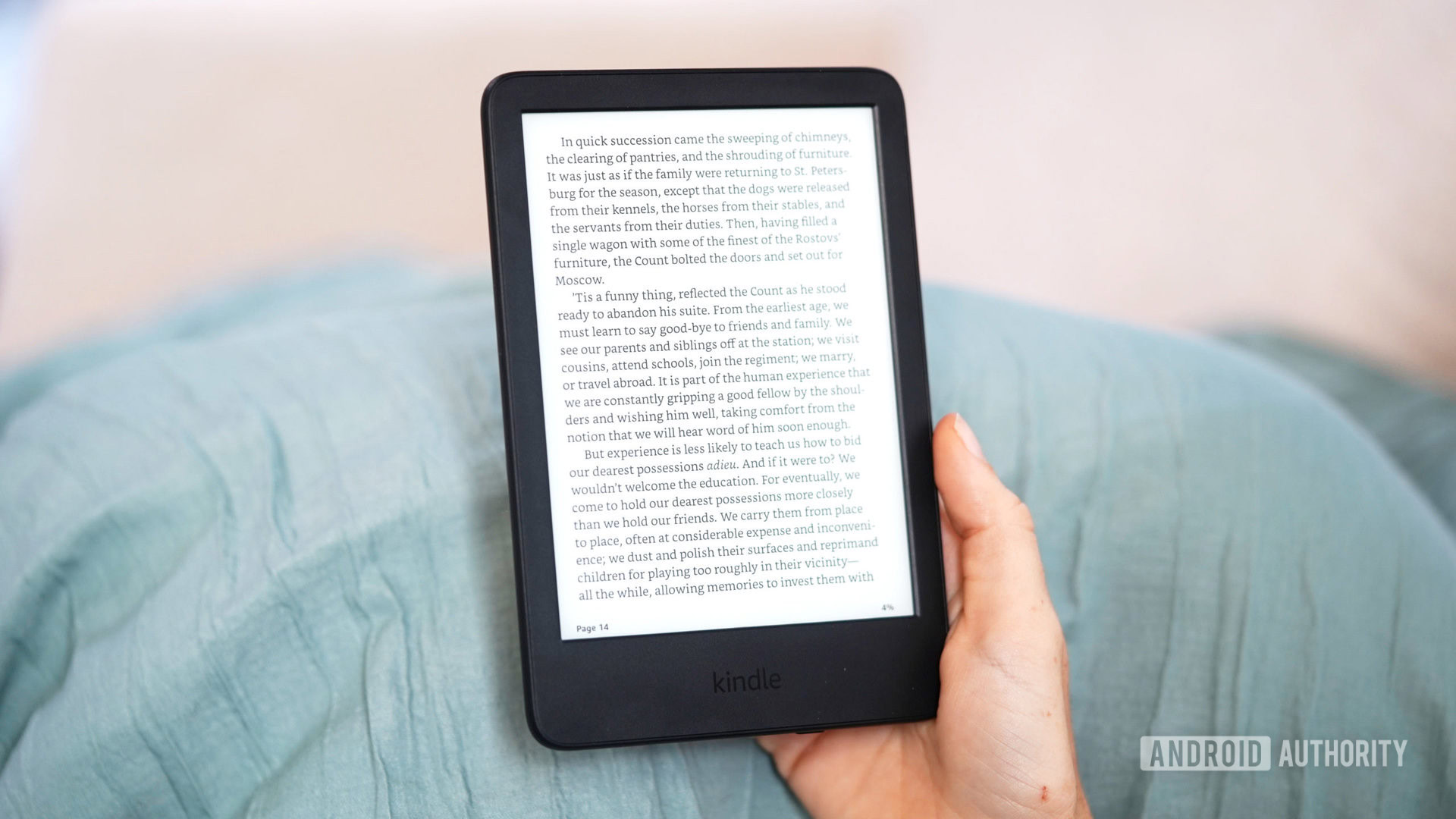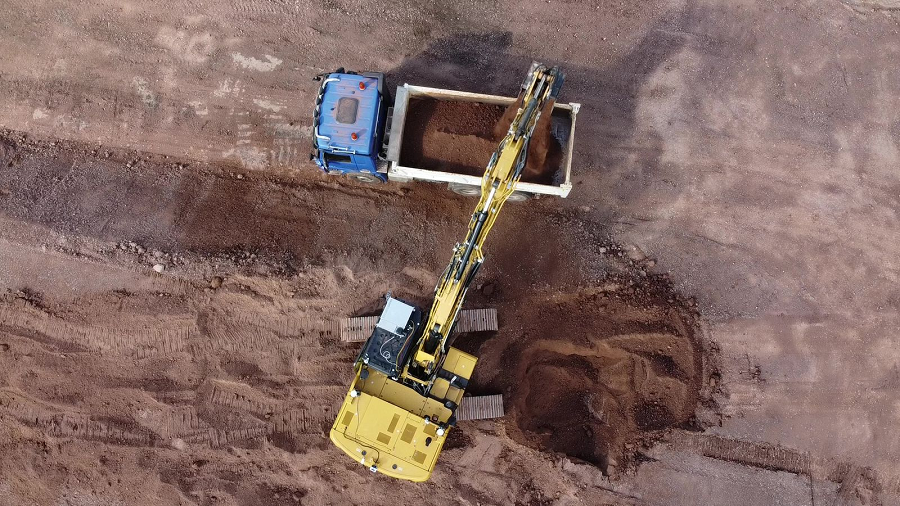Summary
- RAM dictates real-world performance, as insufficient memory can lead to swapping, freezes, and slow apps.
- Laptops need plenty of RAM because it is shared between the CPU and GPU, and it is often non-upgradeable.
- If the laptop has non-upgradeable RAM, aim for at least 16GB.
When shopping for a new laptop, it’s easy to get overwhelmed by those long lists of specs and features that retailers throw at you. However, there’s one spec every laptop has that you should never overlook: system memory, also known as RAM.
RAM Is More Important For Performance Than You Think
If you’ve spent any time using phones and computers, you’ve probably heard the term “RAM” (Random Access Memory)—but you might not know what it actually is, how it works, or why it even matters.
Put simply, a computer’s RAM is its short-term memory. RAM is volatile, meaning it loses data when the laptop is turned off, but it is also significantly faster than your laptop’s long-term storage drive (typically an NVMe SSD these days).
Because it’s so fast and connected directly to the CPU via an ultra-fast memory bus (traces on the motherboard that act as a data highway), RAM stores any data your CPU might need on the fly—this includes all parts of programs and video games that are running, both in the foreground and background.
For example, when you open Google Chrome, your CPU loads important parts of the program and your active tabs into RAM. This ensures you don’t have to wait for data to load from slower long-term storage when scrolling, switching between tabs, configuring extensions, or performing other tasks.
However, RAM is a finite resource. Once it fills up, your system has to rely on virtual memory on your SSD, which is much slower.
The OS moves data that isn’t actively needed into this virtual memory to free up space for more important data. While this happens in the background, you may notice sluggish performance, tabs freezing or reloading, and in extreme cases, even app crashes or systemwide instability, regardless of how fast your computer’s processor actually is.
These issues are easy to avoid if you have some RAM overhead. For example, if your typical workload uses about 10GB of RAM, having 16GB is far better than just 8GB. With that extra headroom, your CPU has the space it needs to handle tasks smoothly without interruption.
What makes this worse is that modern programs are surprisingly RAM-hungry and can quickly use up all available memory, making this scenario more common than you might think. Demanding tasks like video games and video editing naturally require more RAM, but even everyday apps such as web browsers, office suites, and project management tools can fill your system’s memory in no time.
In fact, even Windows 11 and its background services can easily use up over 4GB of RAM on their own.
To give you a real-world scenario, I currently have six Chrome windows, Spotify, and several work apps open, and my PC is already using more than 13GB of RAM.
Why RAM Should Be a Priority for Laptop Buyers
reasons. The first is that most non-gaming and non-workstation laptops on the market use a CPU with an integrated GPU, meaning the two share the same pool of system RAM. Apple popularized the term “unified memory” (which is integrated into the same chip as the processing units) for this type of setup, but the same principles apply whether you’re using a Windows, Linux, or Apple laptop.
If your workloads are both graphically and computationally demanding, like gaming or light video and photo editing, you’ll run out of RAM even faster. That’s why having as much RAM as possible is important, and ideally, RAM that’s as fast as possible (though on laptops, RAM frequency isn’t always something you can configure or upgrade).
This brings me to the next major point: most laptops today use soldered RAM. In other words, you cannot upgrade it yourself, so you’re stuck with whatever configuration you choose at purchase. Nowadays, upgradeable RAM is mostly reserved for enthusiast laptops like the Framework Laptop, powerful workstations, and some business or gaming models.
This is a significant downside for consumers, since RAM is a relatively inexpensive component that you might not want to pay extra for now but could need later.
For example, it cost me about $30 to upgrade my Dell Latitude 5420 from 16GB to 32GB of 3200MHz DDR4 RAM, whereas configuring the Dell Latitude 3550 with 32GB instead of 16GB through Dell’s online tool costs $221.61. The good news is that the Latitude 3550 has upgradeable RAM, so you can make that upgrade yourself.
How Much RAM Does My Laptop Need in 2025?
If you’re looking to buy a laptop that doesn’t have upgradeable RAM, I recommend getting at least 16GB. That’s because your machine will likely start running out of memory long before its processor becomes obsolete, and it doesn’t matter how powerful your CPU is if your system chronically suffers from a lack of volatile memory.
Of course, buying a laptop with upgradeable RAM is the ideal solution, but that isn’t always possible, especially if you’re being smart with your money and opting for a second-hand unit. If you have to live with the memory configuration that comes with the laptop, aim for a model with 16GB of RAM.
In fact, I’d even go so far as to say it’s better to spec your laptop with more RAM and then opt for a slightly weaker CPU if you’re on a tight budget. You might think that a processor would be better for future-proofing, but it’s actually the RAM that matters more.
I struggled with just 4GB of RAM (you read that right) on my old i5-7200U before eventually retiring it, whereas my mom’s ancient 4th-gen i7 still holds up today, simply because it has 8GB of RAM.
If you’re shopping for a MacBook, the same logic applies. You’re far better off with an older M1 MacBook equipped with 16GB of RAM than one with an M2 or even M3 but only 8GB of RAM. Despite having a more capable processor, that 8GB of RAM will come back to bite you sooner than you think.
Even if a newer laptop is significantly faster, it won’t matter if it has to wait for data to load into RAM before it can process it. It’s kind of like having a 500-horsepower car but driving it on a pothole-ridden road with a 35 mph speed limit.
RAM is one of those laptop specs that many people don’t pay much attention to until it’s too late. While more RAM won’t automatically make a laptop faster, having too little is far worse than having a more powerful CPU but not enough memory to handle your workload. That’s why you should pay close attention to RAM when buying a new laptop, especially if it isn’t upgradeable.













